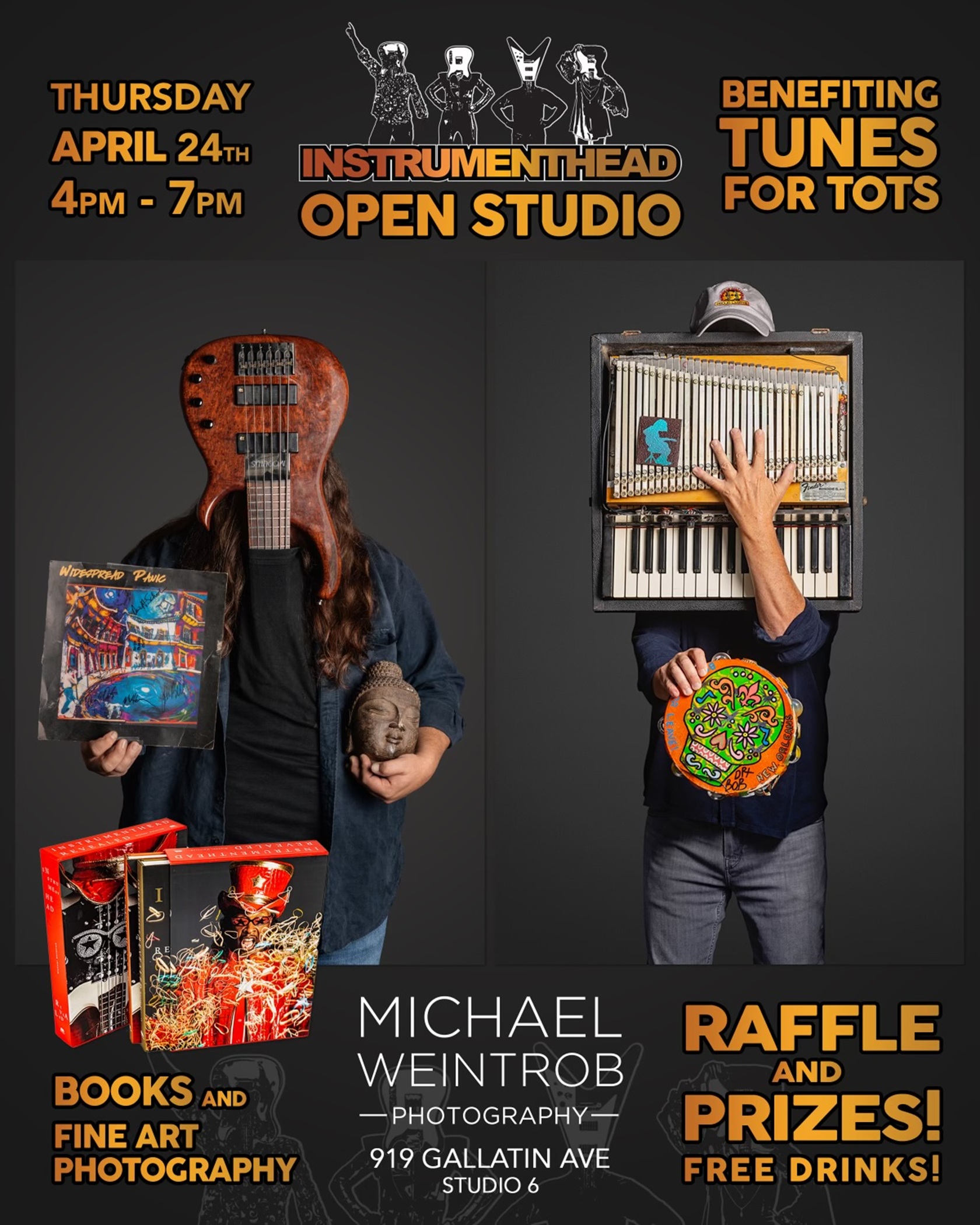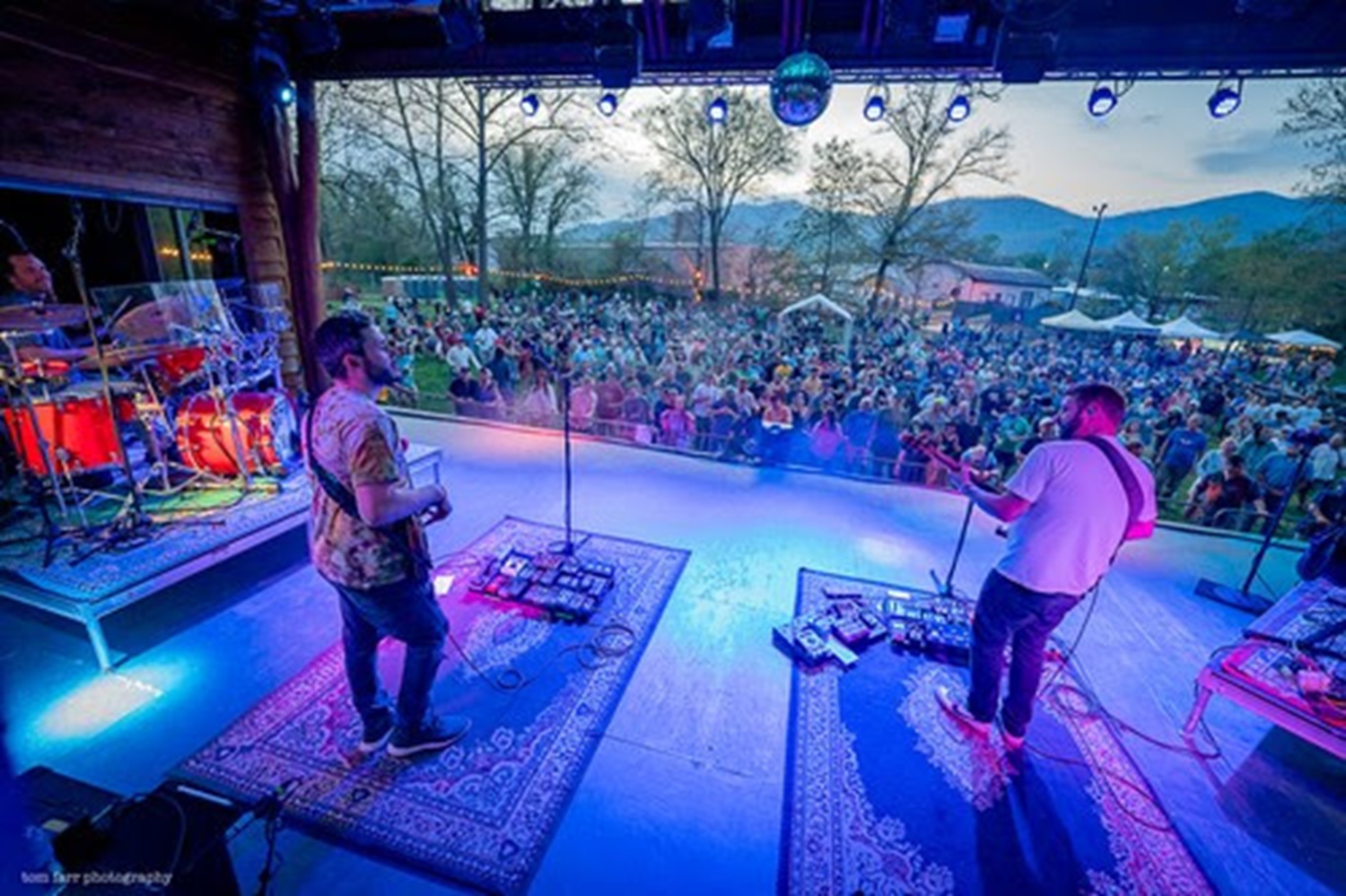Today, December 6th, we at Grateful Web raise a glass and a chorus of gratitude for the birth of Dave Brubeck—one of jazz’s greatest pioneers and an indelible architect of modern music. His piano keys unlocked doors to a world of rhythm, harmony, and soul that continue to ripple through generations. Among his masterpieces, Live at Carnegie Hall shines as a crown jewel, standing proudly not just in jazz but in the pantheon of live recordings across all genres. Let us take a moment to celebrate the man, his music, and the timeless echo of his influence.

Born in Concord, California, in 1920, Brubeck’s journey was anything but conventional. He studied zoology before switching to music, defying early struggles with reading sheet music to blossom into a creative force. His classical training under Darius Milhaud honed his unique approach, blending polytonality and counterpoint with the improvisational heart of jazz. Brubeck’s style was a thrilling dance between structure and spontaneity—the perfect marriage of intellect and intuition.
Brubeck’s artistry lay in his ability to make complex ideas accessible. He brought odd time signatures into the mainstream, proving that 5/4, 7/4, and 9/8 could swing as hard as any standard 4/4. His compositions, rooted in intricate mathematics, somehow felt as natural as a heartbeat. For Brubeck, music wasn’t confined to boundaries; it was a limitless canvas, painted with the hues of global influences—from African polyrhythms to European classical traditions.
Fifteen Gems That Define Brubeck
-
"Take Five" – A Paul Desmond composition immortalized by Brubeck’s quartet, its 5/4 groove became a universal anthem, proving the commercial potential of jazz experimentation.
-
"Blue Rondo à la Turk" – Inspired by Turkish rhythms, this piece fuses Eastern time signatures with a bluesy swing. A masterclass in cultural synthesis.
-
"In Your Own Sweet Way" – A tender ballad that showcases Brubeck’s lyrical touch, later covered by jazz greats like Miles Davis.
-
"The Duke" – An homage to Duke Ellington, this elegant tribute exemplifies Brubeck’s reverence for his predecessors.
-
"Unsquare Dance" – A playful romp in 7/4 time, with hand claps and a mischievous spirit.
-
"Strange Meadow Lark" – Opening with a classical piano prelude, it transitions into a languid swing, capturing Brubeck’s dual musical worlds.
-
"Three to Get Ready" – Alternating between waltz and swing, it’s a whimsical exploration of rhythm.
-
"Kathy’s Waltz" – A joyful dedication to Brubeck’s daughter, blending family warmth with musical ingenuity.
-
"Take the A Train" (Live) – Brubeck’s rendition of this Ellington classic brims with energy and innovation.
-
"It’s a Raggy Waltz" – A playful number that marries ragtime and modern jazz.
-
"St. Louis Blues" (Live at Carnegie Hall) – A standout performance, where Brubeck’s quartet transforms the classic into a kinetic journey.
-
"Camptown Races" (Live at Carnegie Hall) – Reimagining a folk tune with irreverent wit and dazzling virtuosity.
-
"Autumn in Our Town" – A reflective piece, capturing the melancholy beauty of seasonal change.
-
"Maria" (West Side Story) – Brubeck’s jazz interpretation of Bernstein’s masterpiece is pure alchemy.
-
"Elementals" – An orchestral work that bridges the gap between classical and jazz, showcasing Brubeck’s compositional brilliance.

The Dave Brubeck Quartet was a constellation of talents that amplified his vision. Paul Desmond’s alto saxophone was a lyrical counterpoint to Brubeck’s cerebral piano, creating a dialogue that redefined jazz interplay. Eugene Wright’s steady bass grounded the group, while Joe Morello’s drumming was a revelation—his precision and inventiveness a perfect foil to Brubeck’s rhythmic explorations. Together, they were more than a band; they were an ecosystem, each member vital to the whole.
Brubeck’s influence transcends the boundaries of jazz. He inspired countless pianists, from Keith Jarrett to Chick Corea, with his fearless approach to harmony and rhythm. His humanitarian efforts, including performing for integrated audiences during the Civil Rights Movement, underscored his belief in music’s power to unite.

Today, his compositions are studied in conservatories and hummed by casual listeners alike. Brubeck’s music remains a beacon, illuminating the path for artists willing to push beyond convention and embrace the unknown.
As we revisit Live at Carnegie Hall and let its notes cascade like rain into the ocean of our souls, we celebrate a man who not only mastered time but transcended it. Here’s to Dave Brubeck: a pioneer, a poet, a timeless innovator. The rhythm of his spirit will play on, eternal and unbroken.






















